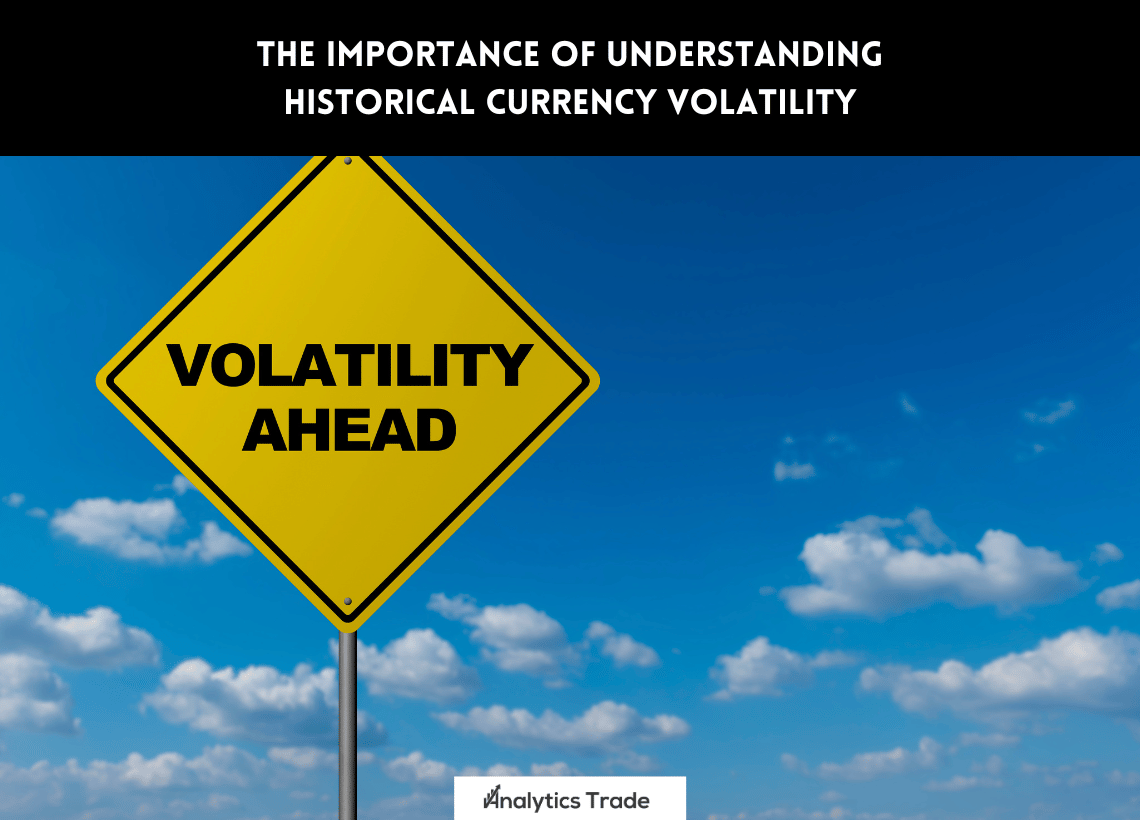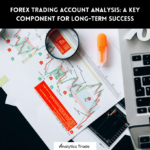What is currency volatility?
Currency volatility is the degree of variation in the exchange rate of a currency pair over a certain period of time. It is a measure of the amount of risk associated with trading a particular currency pair. The higher the volatility, the greater the risk. Currency volatility can be measured using a variety of methods, including the standard deviation of returns, the range of returns, and the average true range.
Why is understanding currency volatility important?
Understanding currency volatility is important for forex traders, as it can help them to make informed decisions about when to enter and exit trades. By understanding the level of historical volatility in the market, traders can better assess the risk associated with a particular trade and adjust their trading strategies accordingly.
Volatility can be used to your advantage
Volatility can be used to your advantage as a trader. By understanding the level of volatility in the market, traders can identify opportunities to enter and exit trades at advantageous times. For example, if a currency pair is experiencing high volatility, traders may be able to take advantage of the increased price movements to make a profit.
Volatility can be used to identify trends
Volatility can also be used to identify trends in the market. By understanding the level of volatility in the market, traders can identify whether a currency pair is trending up or down. This can be used to inform trading decisions, as traders can use this information to enter and exit trades at advantageous times.
Volatility can be used to measure risk
Volatility can also be used to measure the risk associated with a particular trade. By understanding the level of historical volatility in the market, traders can better assess the risk associated with a particular trade and adjust their trading strategies accordingly.
How to measure currency volatility
Currency volatility can be measured using a variety of methods, including the standard deviation of returns, the range of returns, and the average true range.The standard deviation of returns is a measure of the degree of variation in the exchange rate of a currency pair over a certain period of time. It is calculated by taking the square root of the average of the squared differences between the returns of the currency pair and the mean return.The range of returns is a measure of the degree of variation in the exchange rate of a currency pair over a certain period of time. It is calculated by taking the difference between the highest and lowest returns of the currency pair over a certain period of time.The average true range is a measure of the degree of variation in the exchange rate of a currency pair over a certain period of time. It is calculated by taking the average of the true ranges of the currency pair over a certain period of time.
Conclusion
Understanding historical currency volatility is important for forex traders, as it can help them to make informed decisions about when to enter and exit trades. By understanding the level of volatility in the market, traders can better assess the risk associated with a particular trade and adjust their trading strategies accordingly. Additionally, volatility can be used to identify trends in the market and measure the risk associated with a particular trade.
Summary
In summary, understanding historical currency volatility is important for forex traders, as it can help them to make informed decisions about when to enter and exit trades. By understanding the level of volatility in the market, traders can better assess the risk associated with a particular trade and adjust their trading strategies accordingly. Additionally, volatility can be used to identify trends in the market and measure the risk associated with a particular trade.
Useful Resources
- Wikipedia.org search about ‘The importance of understanding historical currency volatility’
- Youtube.com search for the topic






Comments